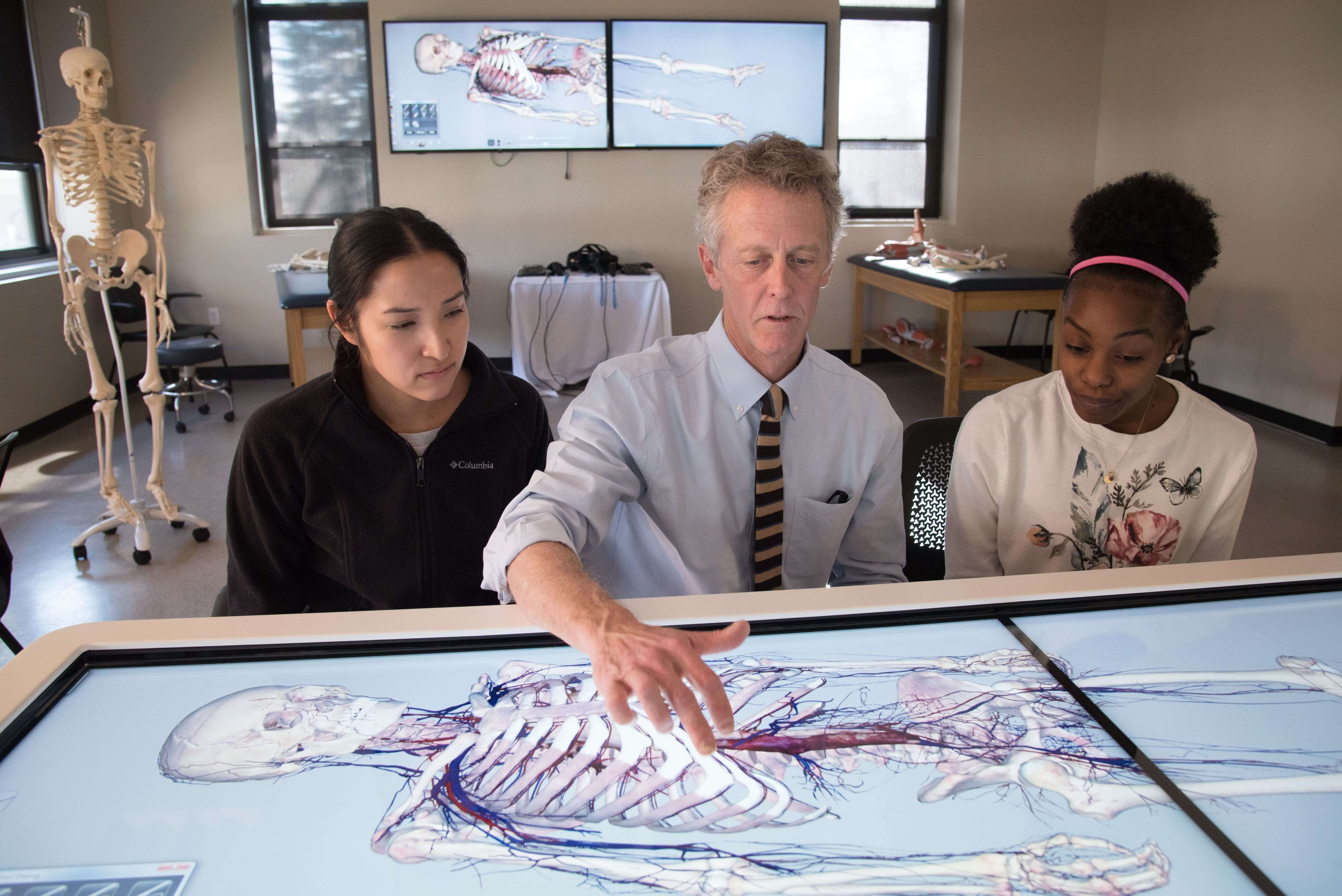Why Every Medical Institution Needs a 3D Anatomy Table?

The study of human anatomy has always been the backbone of medical education. For centuries, students relied on cadavers, textbooks, and static models to learn the complex structure of the human body. While these methods have laid the foundation for medical learning, they often fall short in providing the depth and flexibility that modern healthcare demands. This is where the 3D anatomy table has changed the landscape of medical education and training. A 3D anatomy table is a high-tech interactive system that allows users to explore the human body in a way that traditional methods simply cannot. Instead of a flat image or limited model, this tool provides a lifelike, full-scale digital representation of human anatomy. Students, doctors, and researchers can rotate, dissect, and zoom into different layers of the body, gaining a level of understanding that is far more detailed than traditional learning aids. A Modern Solution for Medical Training One of the biggest advantages of the a...

